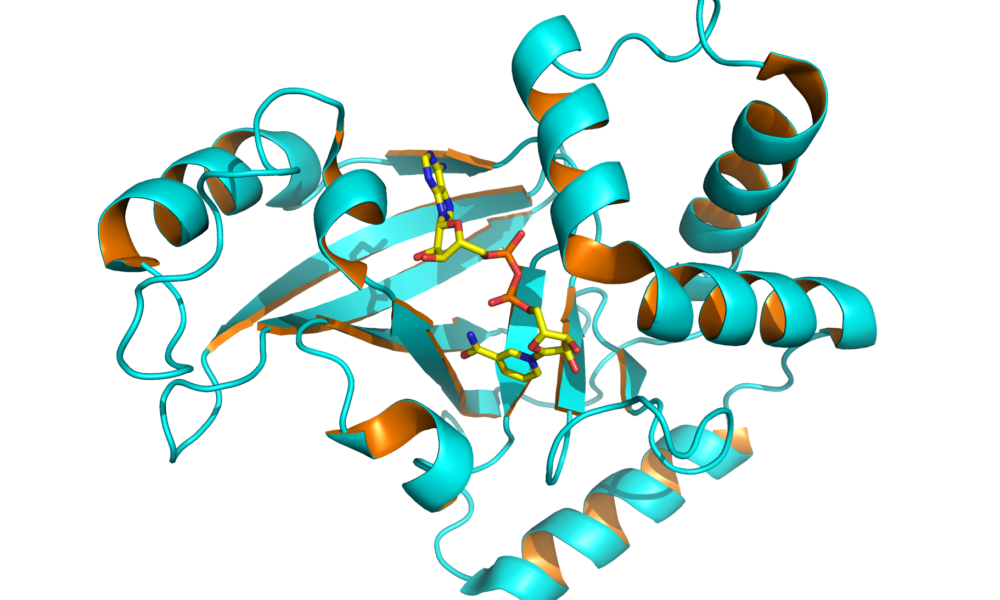The very first life on Earth appeared 3.8 billion years ago as individual cells called heterotrophs, which were dependent on external food sources. Over the years, these simple heterotrophic cells underwent countless evolutionary changes, transforming into the planet’s diverse range of present-day animals. Despite the critical importance of evolution for life on Earth, the metabolic processes—life-sustaining reactions that convert food into energy—the evolutionary changes underlying them remain poorly understood.
In a recently published paper, Nagissa Mahmoudi, associate professor in McGill’s Department of Earth and Planetary Sciences, and her team discussed current evidence in the evolution of Earth’s early oceans, particularly the production of exoenzymes—degradative enzymes used for digestion.
Mahmoudi’s team chose to write a Perspective paper—a type of article showcasing the author’s personal opinion. Perspective pieces are generally speculative and forward-looking. They also aim to raise awareness of the latest research in a certain field. Although a Perspective paper does not allow the inclusion of new data, it permits the re-analysis of existing data.
“The reason that we focused on [marine life] is because we think life started in the oceans,” Mahmoudi said in an interview with The Tribune. “We think that’s where life has evolved and where life is dominant.”
Mahmoudi aimed to extend the understanding of modern oceans and to make inferences about how early forms of life evolved and functioned in ancient oceans.
“We would like to gather geobiological evidence from the modern ocean where we know exoenzymes are really important and bridge the gap between our understanding of the modern ocean and what it would have looked like in the past,” Mahmoudi said.
The emergence of exoenzymes represents a vital step in the early evolution of heterotrophs. Exoenzymes break down macromolecules—large molecules composed of smaller constituents—into their subunits. The breakdown of macromolecules is crucial as it makes food particles small enough for the cell to take up.
“The proteins and carbohydrates are too big for the [cells] to take up,” Mahmoudi said. “If you figure out a way to cut the protein in half to eat it up, then you have access to way more food.”
For complex organisms such as humans, this process occurs in the digestive system in which exoenzymes break down foods into small molecules, including amylases, proteases, and lipases.
Cells then take up the small molecules produced by exoenzymes to support various cellular functions essential for life.
For example, amylases break down complex carbohydrates into simple sugars; proteases break down proteins into amino acids; and lipases break down triglycerides—a type of fat that circulates in the blood—into free fatty acids and glycerol. A molecule with diverse functions, glycerol enables processes such as cellular respiration and photosynthesis.
Despite the importance of exoenzymes, Earth’s first heterotrophs lacked the ability to secrete them. As such, most food sources, primarily organic matter, were largely inaccessible to heterotrophs in the early evolution of life.
In addition to being a food source for marine microbes, organic matter also contributes to carbon dioxide emissions and marine sediments.
“In modern oceans, 99 per cent of the organic matter gets broken down and respired back to carbon dioxide, and one per cent is buried and sequestered,” Mahmoudi said. “But in ancient oceans, the microbes weren’t able to break down and take up the organic matter. Then more of the organic matter will end up being buried in the bottom of the ocean.”
This phenomenon suggests that the fate of organic matter in the marine environment has shifted with the emergence of exoenzymes.
“When the organic materials settle down into the ocean, there would have been fewer nutrients available for the microbes in ancient oceans,” Mahmoudi said.
Mahmoudi’s research points to the importance of exoenzymes and their role in the evolution of marine life. Her paper also identifies a need for future research into the processes underlying the emergence of exoenzymes as well as the biogeochemical context in which they appeared.






